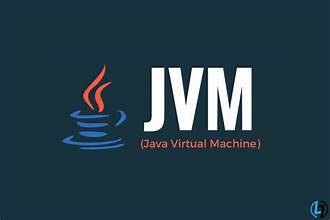Detailed knowledge in Software Testing
Insights into Automation testing moving from Manual
Automation Testing Framework Designing
Automation Testing using Selenium, Java
Requirements
- None to little coding experience
Description
This course gives a clear idea on Software Testing including Manual and Automation Testing and what is expected out of Quality Engineer, Day to Day activities in Software Tester role, How to shift from Manual Testing to Automation Testing, Skills required for Automation Testing for Beginners, Automation Framework designing, types of testing, how to achieve automation skills, different types of tools available in market for automation, Test Plan design, test Strategy, Test case design, Basic java coding, Tools required in Testing like JIRA, HP ALM for bug logging, User Story capturing, Scope of transforming from QA to Business Analyst role, Functional Testing, Debugging skills, Analytical skills required, How to analyze a particular problem, Identifying critical impacted functionalities, Different types of Testing Methodologies, How to implement Agile, follow Agile, Different components involved in Agile Testing, What is Adhoc Testing, Client Centric Testing, Customer Centric Testing, What is Acceptance testing, UAT Testing, How to achieve 100% coverage in Testing, Insights into Automation using Selenium and Java, TestNG, Jenkins, Cucumber, Insights into API Testing using Postman, Rest Assured, Insights into Cypress using Javascript, Using IDE like Eclipse, IntelliJ, OOPS Programming concepts, basic Shell Scripting using unix, What is performance Testing, Stress Testing, SQL Queries
Who this course is for:
- This course is for beginners and experienced candidates who are into Software Testing
Course content
1 section • 5 lectures • 34m total length
Introduction5 lectures • 34min
- Introduction to Software Testing03:16
- Why is Software Testing important?07:26
- When is the Software Testing done?06:48
- How is the Software Testing done?15:01
- A brief look into other types of testing01:31








